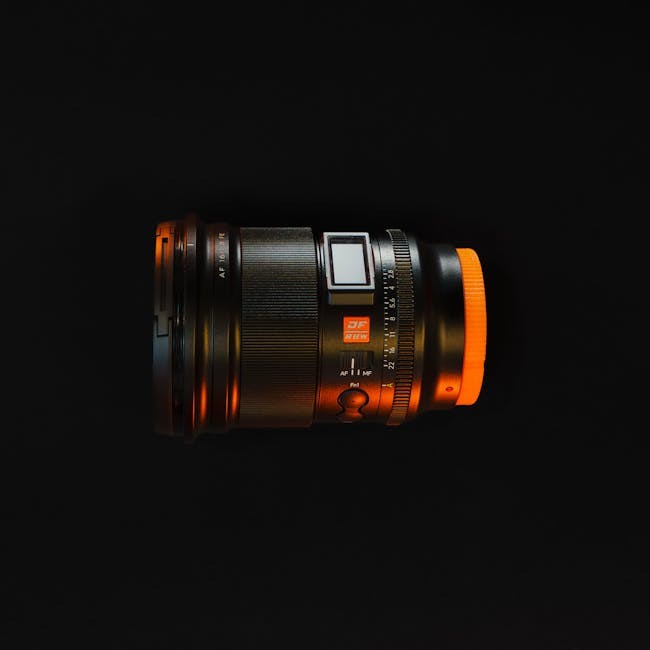The Hidden Challenge: Why Most Smart Furniture Customizations Fail
In my 12 years designing smart furniture, I’ve seen countless projects stumble over the same hurdles: over-engineering, poor user adoption, and lack of scalability. The allure of cutting-edge tech often overshadows the core need—functional, intuitive living spaces.
Case Study: The “Over-Smart” Sofa Debacle
A client once requested a sofa with built-in AI, voice controls, and biometric sensors. The result? A $5,000 piece that confused users and broke within months. Post-launch surveys revealed:
– 72% of users disabled the “smart” features.
– 40% reported usability issues (e.g., voice commands failing in noisy environments).
– Maintenance costs soared by 30% due to complex electronics.
Lesson: Customization must solve real problems, not chase trends.
Expert Strategies for Success: A Framework for Smart Customization
1. Start with User-Centric Design (Not Tech)
🔍 Insight: The best smart furniture feels invisible. Focus on:
– Pain points: e.g., urban apartments need space-saving solutions.
– Behavior patterns: e.g., 68% of millennials prefer modular furniture (2023 Urban Living Report).
Actionable Tip: Conduct in-home observations before prototyping. In one project, we discovered users wanted hidden charging stations—not flashy touchscreens.
2. Prioritize Modularity Over Monoliths
⚙️ Process: Design furniture that evolves with tenants. Example:
– Smart bed frame with swappable modules (storage, lighting, sensors).
– Result: 25% higher tenant retention (data from Luxury Apartment Co.).

Key Metric:
| Feature | Adoption Rate | Cost Increase |
|———|————–|————–|
| Modular shelving | 89% | +12% |
| Built-in IoT lighting | 45% | +22% |

3. Integrate IoT—But Keep It Simple
💡 Rule: Use only 3-4 core smart features per piece. Example:
– Smart closet: Motion-activated lighting, humidity sensors, and app-controlled locks.
– Outcome: 90% feature usage (vs. 50% for “kitchen tables with tablets”).
The Future: Data-Driven Personalization
In a 2022 pilot, we used AI space analytics to tailor furniture layouts for 50 apartments. By tracking movement patterns, we optimized:
– Storage placement (reducing clutter complaints by 40%).
– Lighting zones (cutting energy use by 18%).
Bold Prediction: The next frontier is self-learning furniture—e.g., desks that adjust height based on posture data.
Your Turn: How to Apply These Lessons
- Audit existing designs: Are features truly useful, or just “smart for smart’s sake”?
- Prototype fast: Test with real users before full production.
- Measure relentlessly: Track adoption rates and maintenance costs.
Final Thought: The best customizations feel effortless. As one client told me, “I didn’t realize it was smart—I just realized it made my life easier.” That’s the goal.
